Event report: London Festival of Architecture 2010
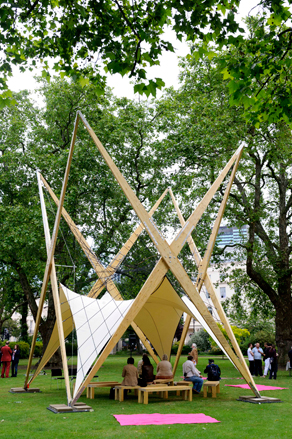
The London Festival of Architecture 2010 has just drawn to a close after two weeks of events in the full swing of British summer. This year's offering was as varied and multi-levelled as ever, featuring emerging student talent, contributions from a myriad of local practices and work from elsewhere around the globe, with the International Architecture Showcase coordinated by the British Council and the Architecture Foundation.
As much as architectural imagination and diversity was an unquestionable protagonist, another clear presence marked this year's festival. Pop-up installations are nothing new - the most famous London example being the 10-year-long Serpentine Pavilion commission series - but their dominant presence during this LFA flagged up their role in the wider public's understanding of the profession, as well as their central position in curating architecture.
This Festival clearly supported the personal and experiential side of architecture. Underlining this was its 'Welcoming City' theme, which saw a plethora of temporary large-scale installations emerge, offering the public not only the chance to look at architecture, but to actively engage in some great examples of three-dimensional spaces.
Most of London's major architectural organisations joined the game. The Architecture Foundation not only commissioned an installation for their exhibition space - 'Moss Your City' by Norwegians, Pushak - but also got involved in more, like the Union Street Urban Orchard pop-up garden and the upcoming Jellyfish Theatre by Berlin-based architects Köbberling and Kaltwasser.
New London Architecture took over Store Street crescent with a temporary park, featuring the impressive Price & Myers Hy Pavilion in the middle to provide shade on sunny days and act as a stage for events. Meanwhile, near Trafalgar Square, a solar lift by Matthew Lloyd Architects, Architecture Inside Out, Shape and RIBA London made its appearance for 15 days at the Duke of York Steps and the Foldaway Bookshop by Campaign Design was fully functioning off Regent Street for the last week of the Festival. Running alongside these and still going today is the V&A 1:1 - Architects Build Small Spaces exhibition, a celebration of the pop-up installation.
Of course this is not to ignore the broad range of other events that were on offer, and all the lectures, tours, exhibitions and competitions that took place during the festival. Our highlights included the beautiful photographic essay '50 Years of London Architecture'; the imaginative Swarming Futures exhibition curated by Naja deOstos' practice partner Ricardo deOstos, presenting a snapshot of the present and a glimpse of the future of Brazilian architecture; and the RIBA's active presence behind the Nash Ramblas project and the Forgotten Spaces competition exhibition on show at the Royal Festival Hall, which explored the idea of reusing London's abandoned spaces. Tours of the NEO Bankside complex offered a unique opportunity for those anxious to get inside the swiftly rising Rogers Stirk Harbour + Partners new development in Southwark. Here, they could admire the playful Tate Modern model made of sugar cubes.
Naturally, Wallpaper* couldn't resist taking part in the capital's largest architecture celebration. Our own exhibition at the New London Architecture gallery opened during the festival and will be on show until the 9th July, presenting work produced by the 30 international architects that took part in Wallpaper's 2010 Architects Directory. Partnering with the Festival organisers for LFA's main party that also launched our show, our guests had the chance to admire a selection of illustrations by British graphic designer Andrew Clark; look through copies of our July issue, displayed on the lovely Hexagon bookstand by Nendo for Quodes; taste a range of delicious drinks courtesy of Mamont vodka; and nibble on treats from the barbeque to the sounds of uplifting music from SOAS. All in all, it was a summer night to remember.
Receive our daily digest of inspiration, escapism and design stories from around the world direct to your inbox.
It is true; this year's festival might not have been as long or as big as its 2008 predecessor. In some ways though, it was all the better for it. Combining a manageable-sized program, lots of fun, key architecture issues such as the need for urban green spaces, the Olympic projects and creative reuse of space, while at the same time reconnecting the public with architecture's third dimension and full-scale experience, it proved to be central to the city's perception of our built environment, as well as a great day out.
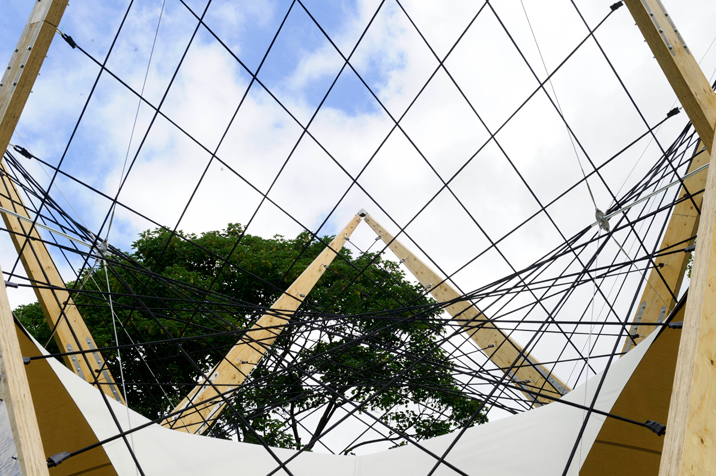
the pavilion provided shelter for talks and presentations, as well as the multitude of LFA visitors who just wanted somewhere shady to sit.
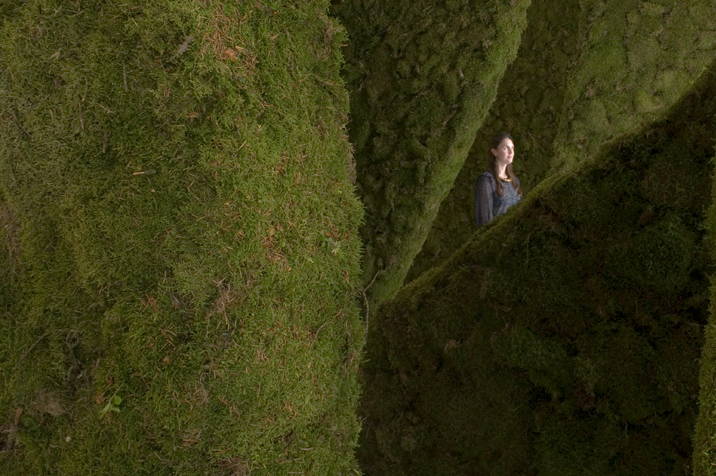
'Moss Your City' pavilion by Oslo-based studio, Pushak
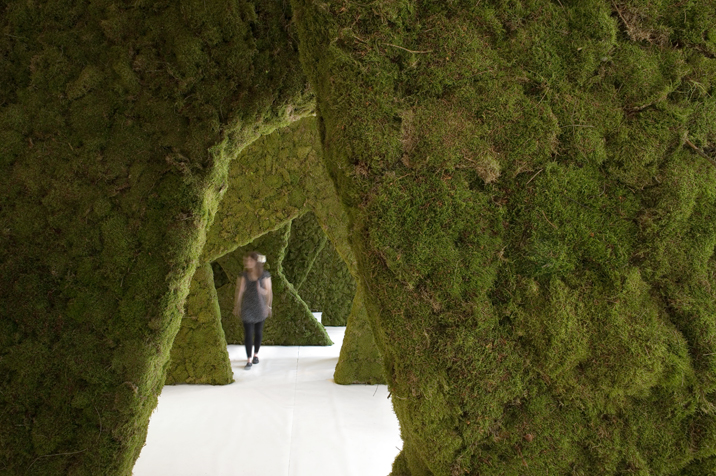
On entering the cave-like pavilion, visitors were surrounded by an urban forest
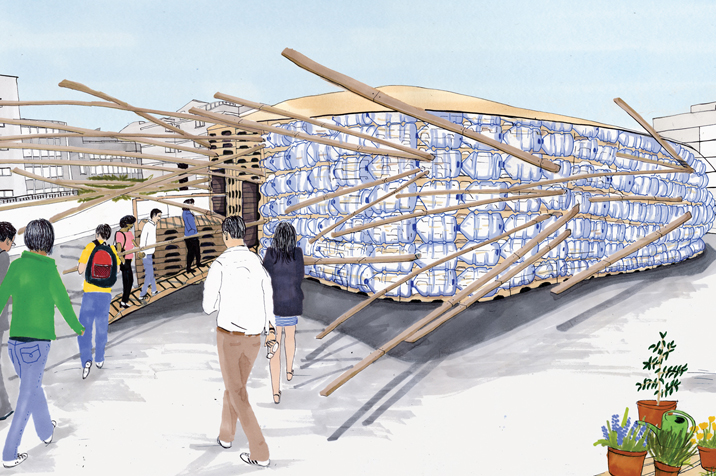
The Jellyfish Theatre - London's first fully functioning theatre made from recycled materials
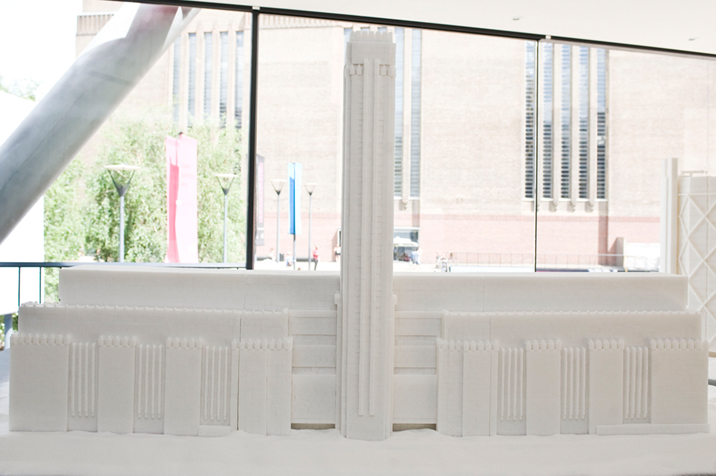
A model of Tate Modern made from sugar cubes was on show at the under-construction NEO Bankside complex

Wallpaper's exhibition at the New London Architecture gallery opened during the festival and will be on show until the 9th July, presenting work produced by the 30 international architects that took part in Wallpaper's 2010 Architects Directory.
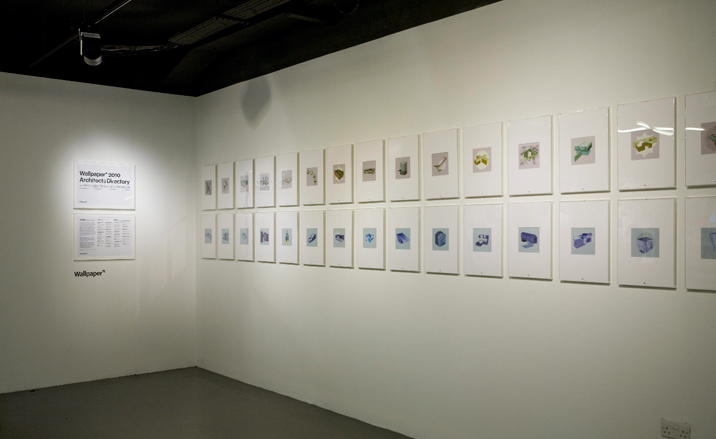
Illustrations by British graphic designer Andrew Clark.
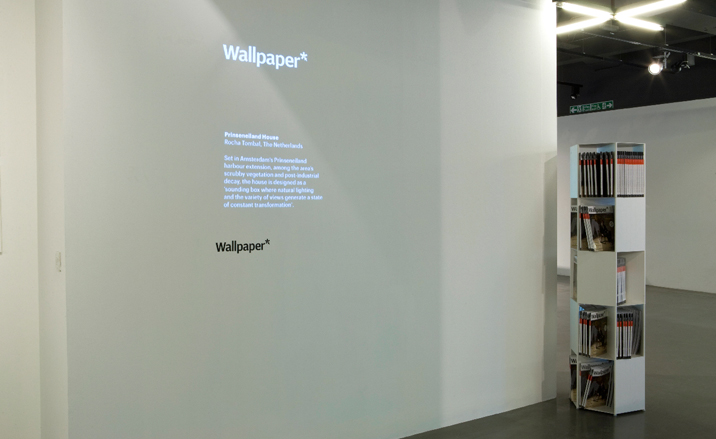
Visitors can leaf through copies of our July issue, displayed on the 'Hexagon' bookstand by Nendo for Quodes.
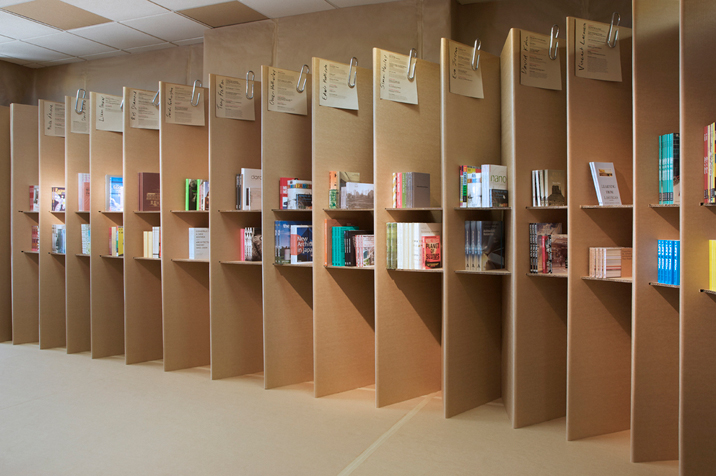
The Foldaway Bookshop by Campaign Design
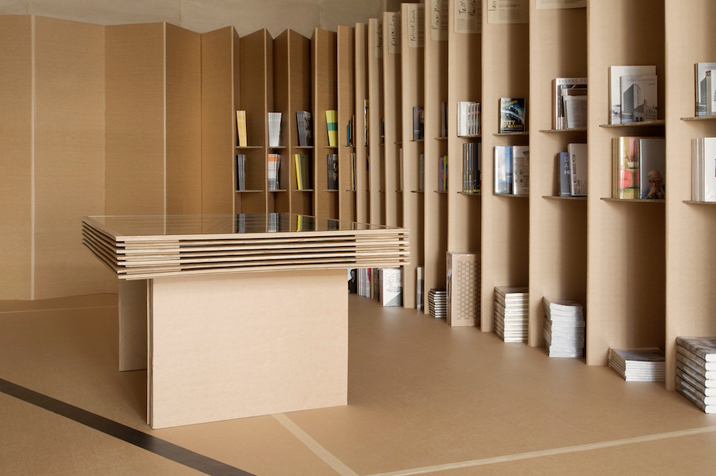
The bookshop was as an initiative of Claire Curtice publicists
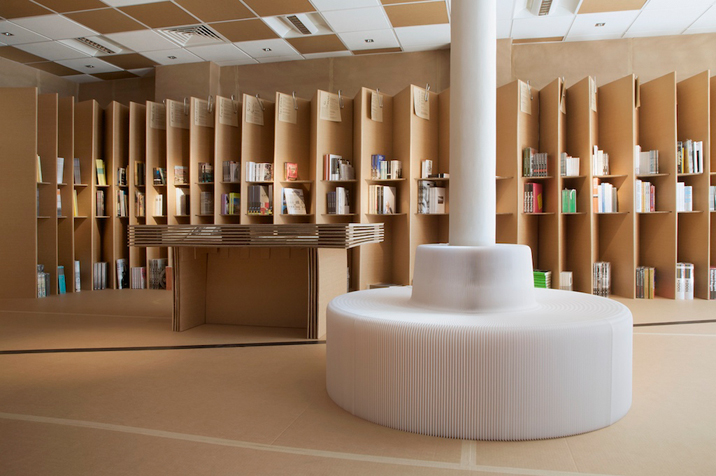
Designed in three weeks and constructed within three days from 58 sheets of cardboard, Foldaway was managed and stocked by RIBA Bookshops
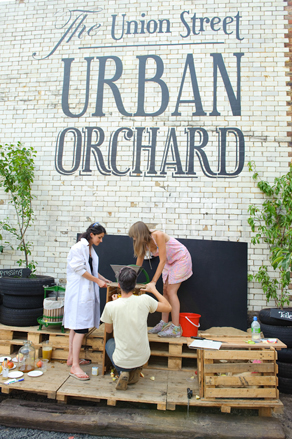
The Union Street Urban Orchard pop-up garden
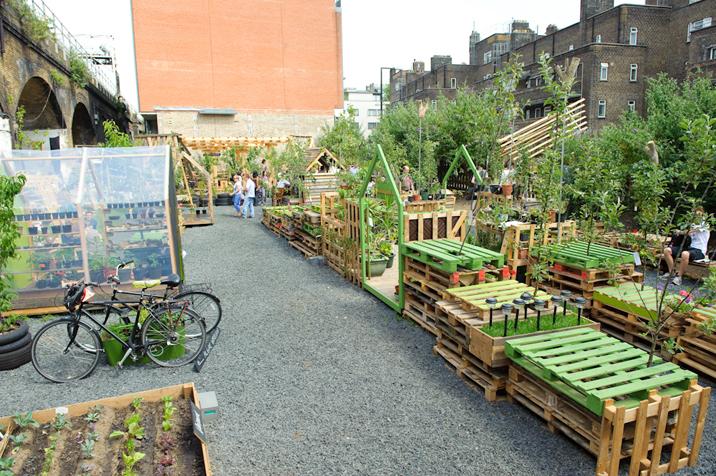
The garden regenerated a disused site in Bankside
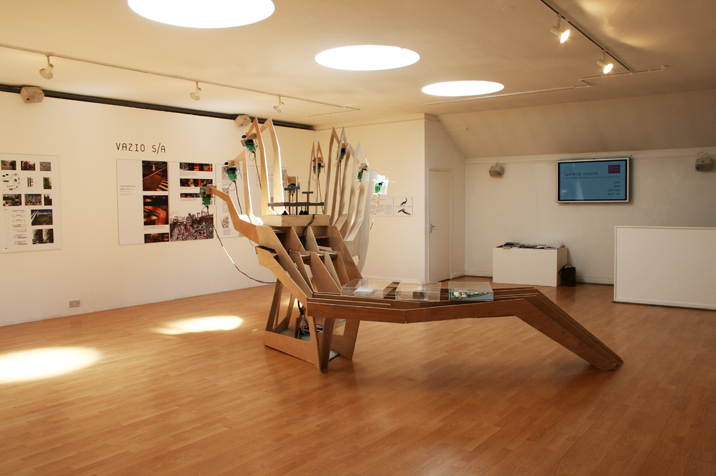
The Swarming Futures exhibition, curated by Naja deOstos' practice partner Ricardo deOstos

The show presented a snapshot of the present and a glimpse of the future of Brazilian architecture
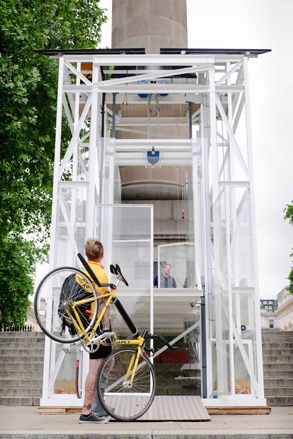
A solar lift by Matthew Lloyd Architects, Architecture Inside Out, Shape and RIBA London made an appearance for 15 days at the Duke of York Steps
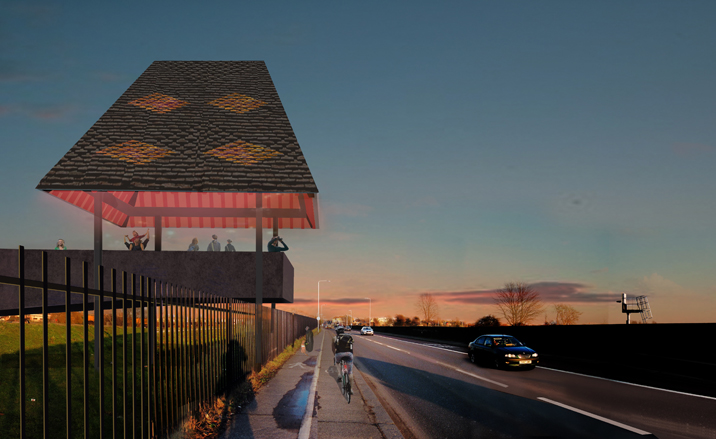
RIBA London held an exhibition called Forgotten Spaces, showcasing the results of the regional competition which invited proposals for overlooked pockets of land in London. First prize went to 'Reservoir Roofs' by Gort Scott - a proposal for the development of existing reservoirs to allow school children and day trippers to connect with the middle Lee Valley
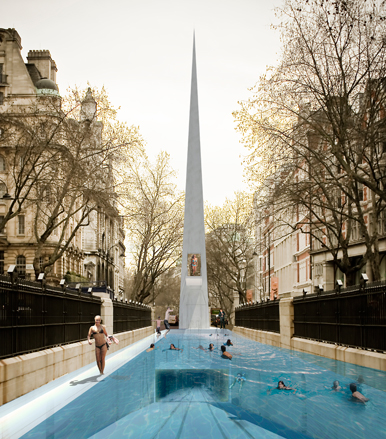
Second prize went to 'The Pool' by Scott Brownrigg - a plan to bring the Kingsway Tramway Subway back into use
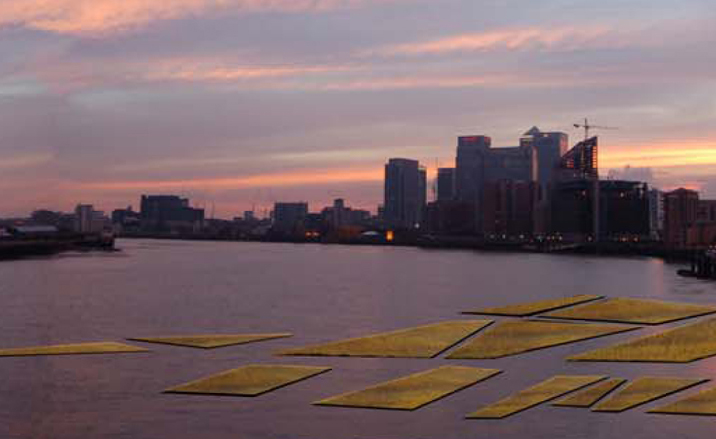
Third prize went to the 'Thames Archipelago' by Craft Pegg Limited - a proposal for floating natural habitats at East India Dock
Ellie Stathaki is the Architecture & Environment Director at Wallpaper*. She trained as an architect at the Aristotle University of Thessaloniki in Greece and studied architectural history at the Bartlett in London. Now an established journalist, she has been a member of the Wallpaper* team since 2006, visiting buildings across the globe and interviewing leading architects such as Tadao Ando and Rem Koolhaas. Ellie has also taken part in judging panels, moderated events, curated shows and contributed in books, such as The Contemporary House (Thames & Hudson, 2018), Glenn Sestig Architecture Diary (2020) and House London (2022).
-
 A new Korean garden reimagines tradition for the 21st century
A new Korean garden reimagines tradition for the 21st centuryThe new Médongaule Korean Gardens in Gyeonggi Province explore the country’s rich tradition; within it, the Seongok Academy Building provides a layered spatial experience drawing on heritage and a connection with nature
-
 Ten out-of-this-world design exhibitions to see in 2026
Ten out-of-this-world design exhibitions to see in 2026From contemporary grandes dames to legends past, and ‘non-human’ design: here are ten design exhibitions we’re looking forward to seeing in 2026
-
 Apple Music’s new space for radio, live music and events sits in the heart of creative LA
Apple Music’s new space for radio, live music and events sits in the heart of creative LAApple Music’s Rachel Newman and global head of workplace design John De Maio talk about the shaping of the company’s new Los Angeles Studio
-
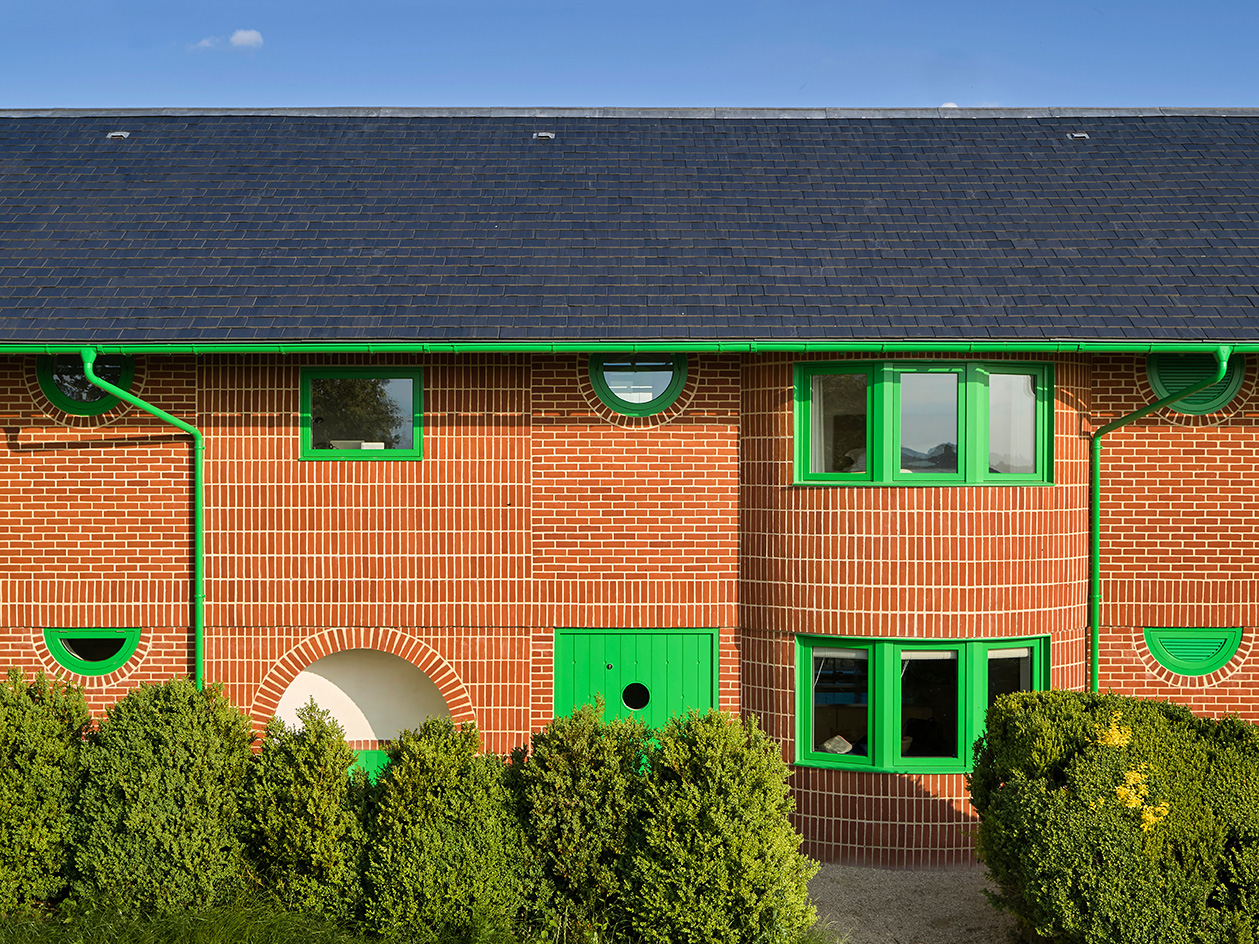 David Kohn’s first book, ‘Stages’, is unpredictable, experimental and informative
David Kohn’s first book, ‘Stages’, is unpredictable, experimental and informativeThe first book on David Kohn Architects focuses on the work of the award-winning London-based practice; ‘Stages’ is an innovative monograph in 12 parts
-
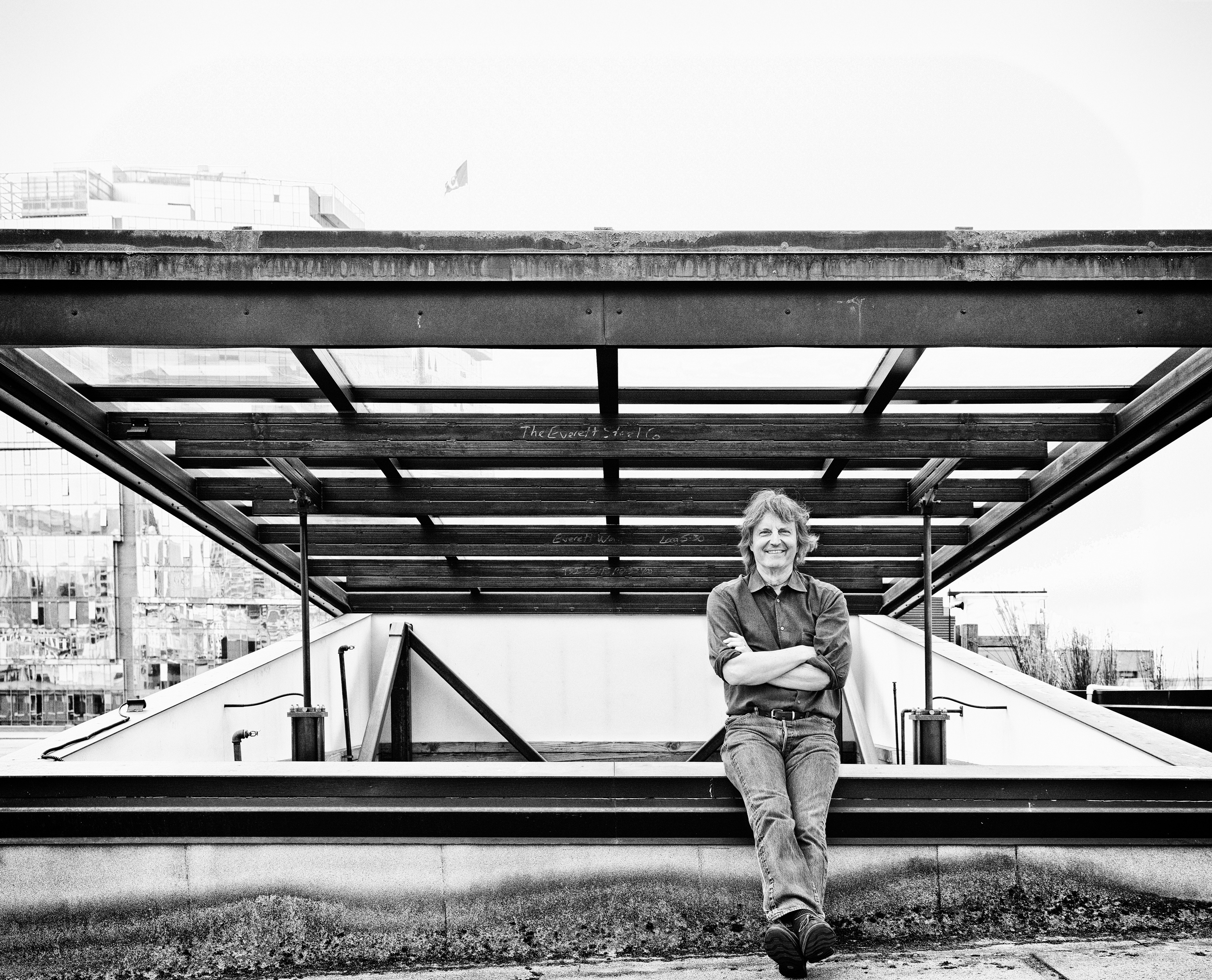 Explore Tom Kundig’s unusual houses, from studios on wheels to cabins slotted into boulders
Explore Tom Kundig’s unusual houses, from studios on wheels to cabins slotted into bouldersThe American architect’s entire residential portfolio is the subject of a comprehensive new book, ‘Tom Kundig: Complete Houses’
-
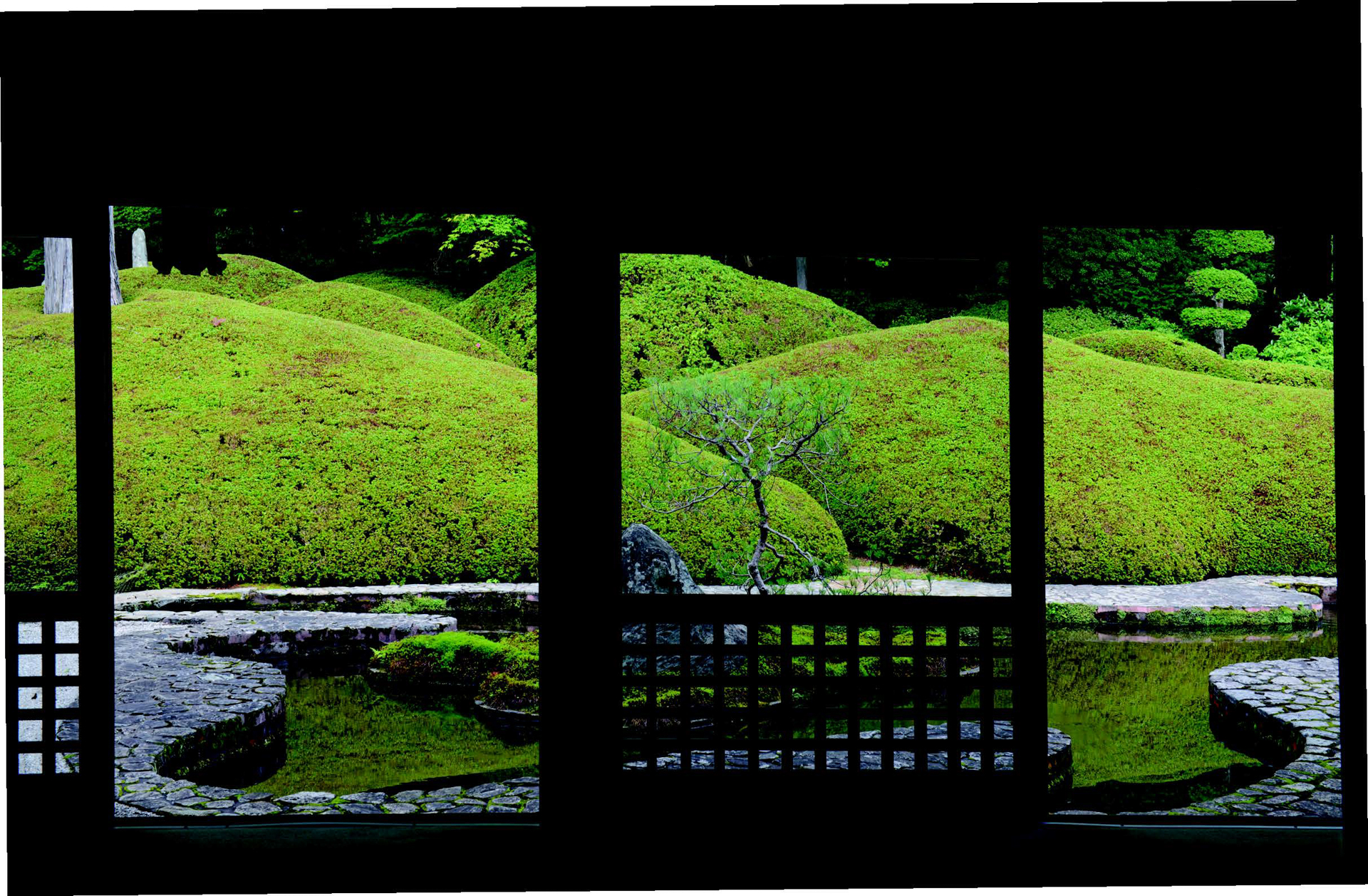 A new photo book explores the symbolic beauty of the Japanese garden
A new photo book explores the symbolic beauty of the Japanese garden‘Modern Japanese Gardens’ from Thames & Hudson traces the 20th-century evolution of these serene spaces, where every element has a purpose
-
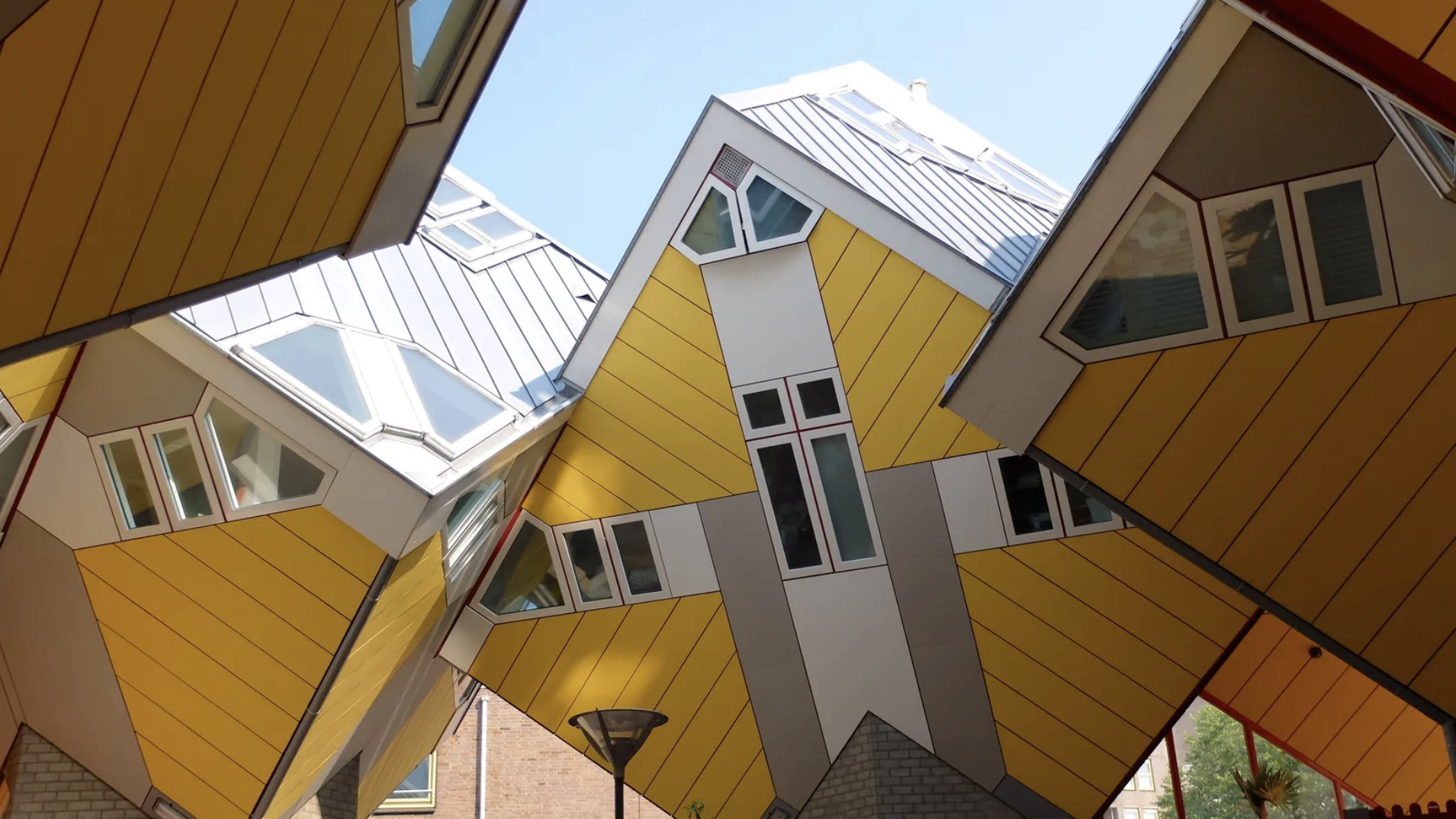 Modernist Travel Guide: a handy companion to explore modernism across the globe
Modernist Travel Guide: a handy companion to explore modernism across the globe‘Modernist Travel Guide’, a handy new pocket-sized book for travel lovers and modernist architecture fans, comes courtesy of Wallpaper* contributor Adam Štěch and his passion for modernism
-
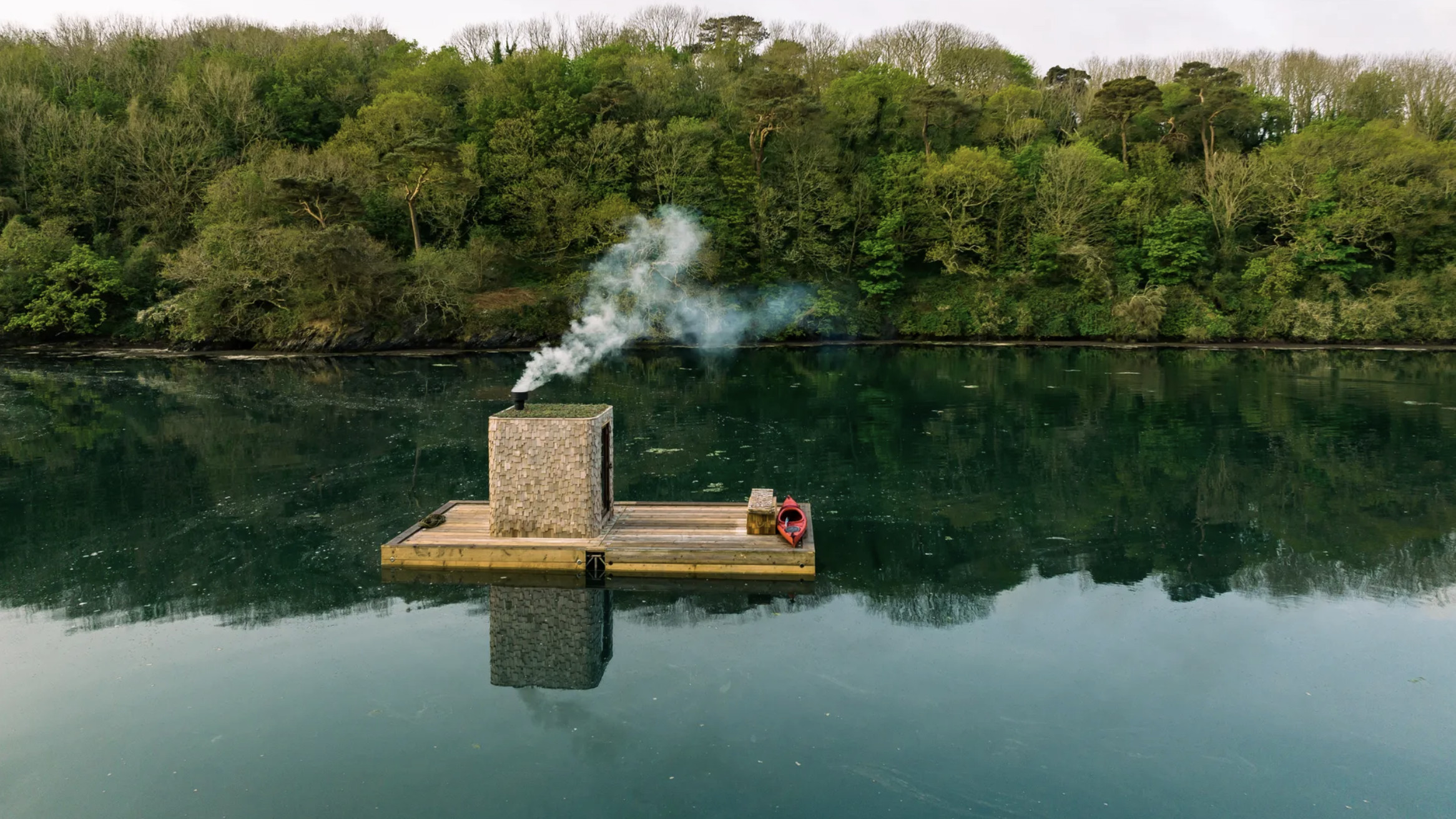 Wild sauna, anyone? The ultimate guide to exploring deep heat in the UK outdoors
Wild sauna, anyone? The ultimate guide to exploring deep heat in the UK outdoors‘Wild Sauna’, a new book exploring the finest outdoor establishments for the ultimate deep-heat experience in the UK, has hit the shelves; we find out more about the growing trend
-
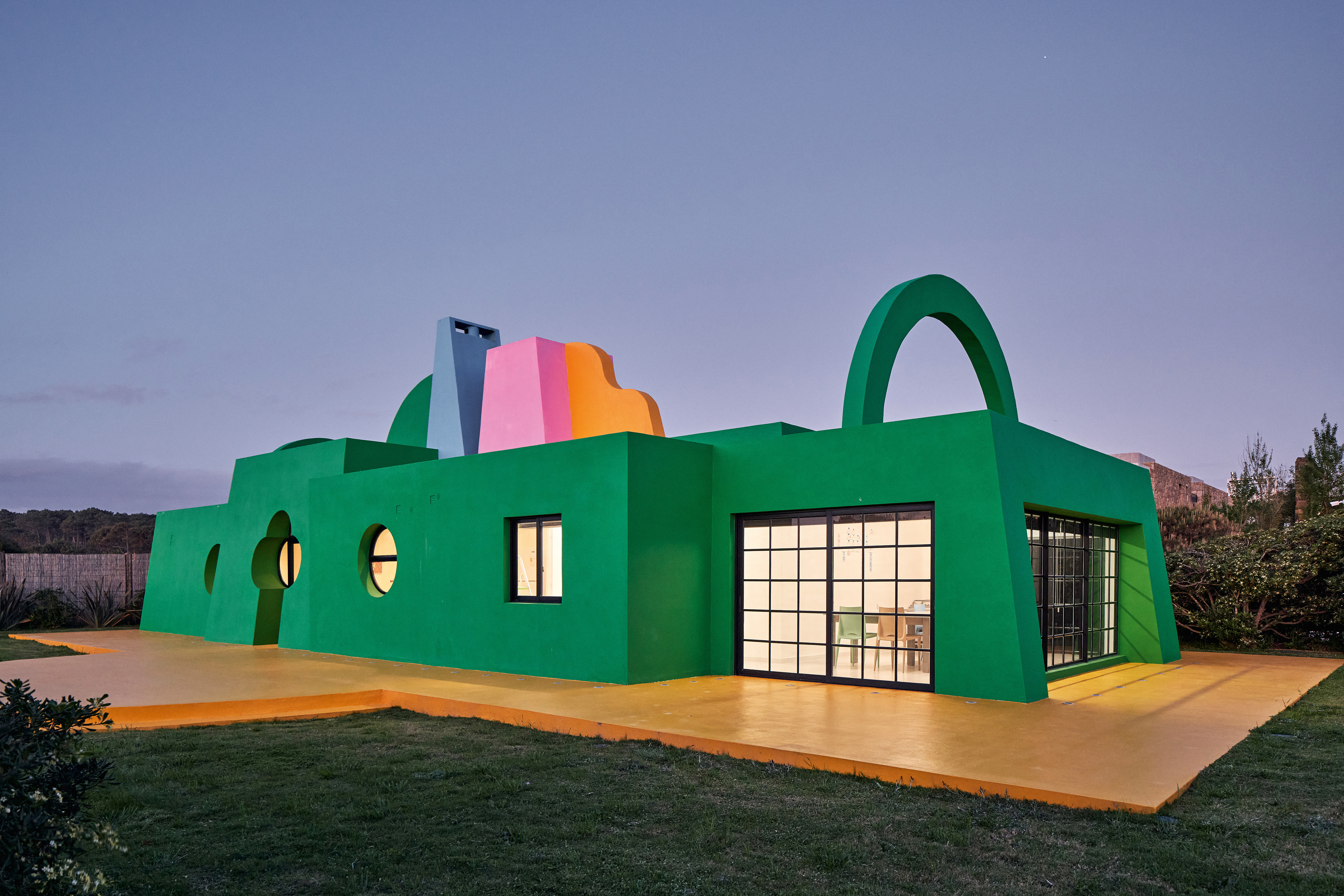 Ten contemporary homes that are pushing the boundaries of architecture
Ten contemporary homes that are pushing the boundaries of architectureA new book detailing 59 visually intriguing and technologically impressive contemporary houses shines a light on how architecture is evolving
-
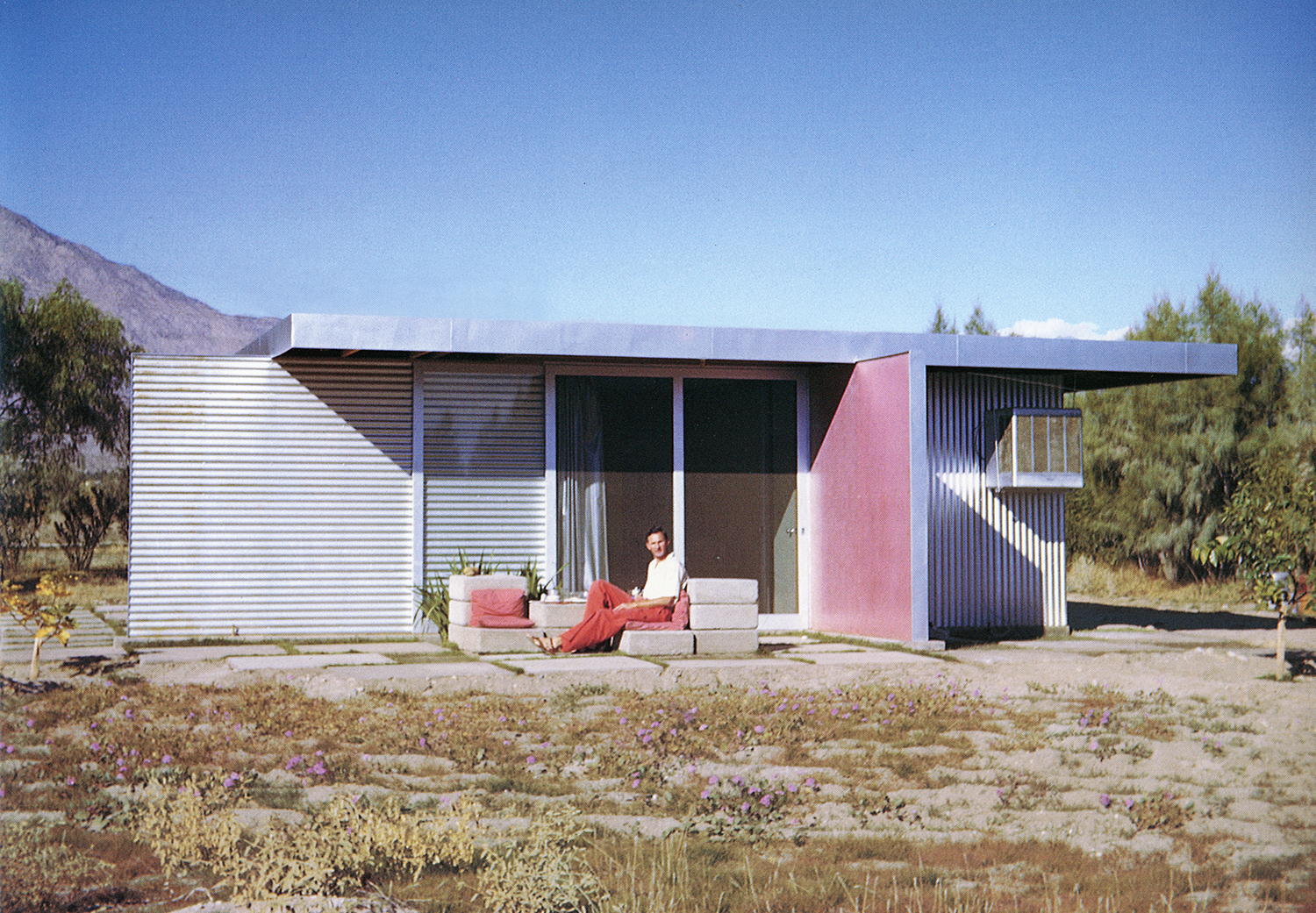 Take a deep dive into The Palm Springs School ahead of the region’s Modernism Week
Take a deep dive into The Palm Springs School ahead of the region’s Modernism WeekNew book ‘The Palm Springs School: Desert Modernism 1934-1975’ is the ultimate guide to exploring the midcentury gems of California, during Palm Springs Modernism Week 2025 and beyond
-
 Meet Minnette de Silva, the trailblazing Sri Lankan modernist architect
Meet Minnette de Silva, the trailblazing Sri Lankan modernist architectSri Lankan architect Minnette de Silva is celebrated in a new book by author Anooradha Iyer Siddiq, who looks into the modernist's work at the intersection of ecology, heritage and craftsmanship